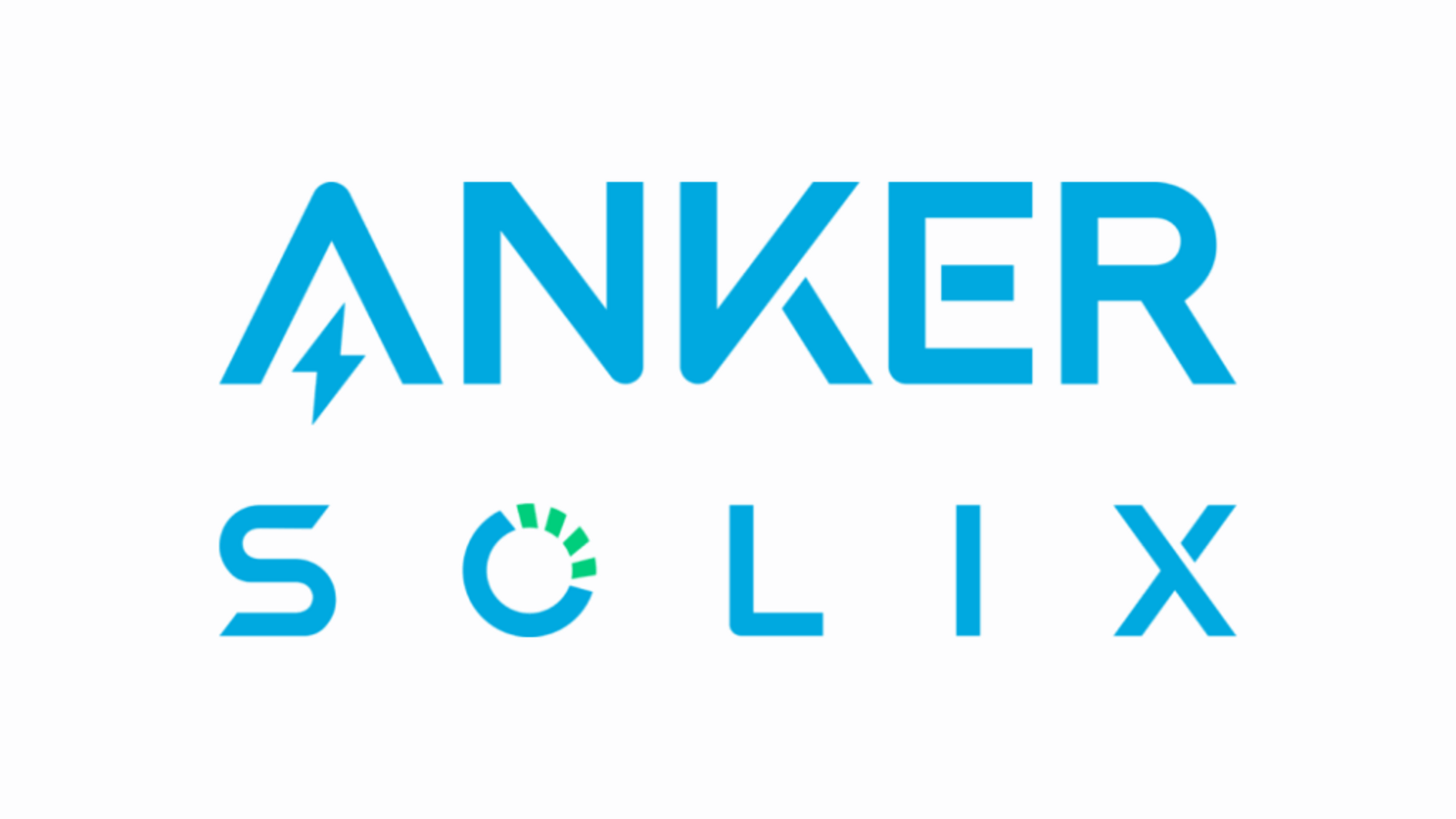Commercial Solar: A Complete Guide for Australian Businesses
As energy prices continue to climb, more Australian businesses are turning to commercial solar as a smart, cost-saving solution. Designed to meet the higher electricity demands of offices, warehouses, and industrial sites, commercial solar systems generate clean energy on-site, helping reduce power bills and environmental impact. Whether you're running a small café or managing a large facility, this guide explores how commercial solar works, how much it costs, what incentives are available, and how to choose the right system for your business.
What Is Commercial Solar?
Commercial solar refers to solar panel systems specifically designed for use by businesses instead of households. These systems are commonly installed on the rooftops of commercial buildings such as office blocks, warehouses, manufacturing facilities, and retail centers. Once installed, they generate renewable electricity that businesses can use on-site, helping reduce their reliance on the electricity grid and lowering power bills.
Although commercial and residential solar systems use the same basic components—solar panels, inverters, and sometimes batteries—commercial solar systems are generally much larger. They are tailored to meet higher energy demands and adjusted to suit how a business operates. By investing in commercial solar, a business can gain more control over its energy use, lower operational costs, and improve its sustainability performance.

What’s the Difference Between Commercial and Residential Solar?
The main difference between commercial and residential solar systems is scale. Commercial systems are built to handle much larger electricity loads. They usually start at 10kW and can scale up to several hundred kilowatts or even into the megawatt range. In comparison, residential solar systems are typically sized between 5kW and 10kW.
Commercial solar installations are also more complex. Many businesses use three-phase power, which allows them to draw more electricity than is possible with a single-phase system. Commercial systems also require more planning, especially to account for structural load limits on solar rooftop tiles, daily energy usage patterns, and return on investment. They often include more panels, longer cabling runs, and multiple inverters.
There are financial differences too. Commercial solar systems are often eligible for different government incentives such as larger rebates or tax deductions. For instance, businesses can often claim tax benefits like the instant asset write-off, which allows them to deduct the cost of the system as part of their business expenses.

Anker Solix offers reliable solar panels, along with batteries and generators to keep your home powered on or off the grid. Their scalable battery systems and portable solar generators make it easy to capture and store solar energy for everyday use or backup needs.
Who Can Install Commercial Solar?
To ensure your system is installed safely and meets all necessary regulations, it must be installed by a licensed solar installer who is accredited by the Clean Energy Council (CEC). CEC accreditation means the installer has been properly trained and meets Australian standards for solar design and installation.
It’s important to choose an installer or solar company with experience in commercial systems. A quality commercial provider will understand the technical side of solar but will also have insight into the financial and regulatory considerations. They will carry out a site inspection, assess your current energy use, design a tailored system, and offer expert guidance to help maximize your return on investment.
Looking for a Solar Quote or the cheapest Solar Panel Installation?
Click now or call our providers to find the cheapest deal for your needs!
What Size Commercial Solar System Do I Need?
The right size system for your business depends on a few factors: how much electricity you use, how much roof space is available, and how much of your usage you’d like to offset with solar. For example, small businesses like cafés or office-based operations might need a system between 10kW and 30kW. Medium-sized businesses could require 30kW to 100kW. Larger commercial or industrial facilities may need more than 100kW.
The best way to determine the right system size is by reviewing your recent energy bills. A solar provider will usually analyze this data alongside an onsite inspection and energy audit to recommend a system that fits your load profile and business hours.
If you expect your business to grow—say, by increasing operating hours or adding new equipment—you might want to consider a larger system to accommodate future demand.
How Much Does a Commercial Solar System Cost in Australia?
Commercial solar costs vary depending on the size of the system, quality of components, and the complexity of the installation. As a general guide:
- A 10kW system typically costs between $10,000 and $14,000
- A 30kW system usually falls between $30,000 and $45,000
- A 100kW system may cost anywhere from $80,000 to $130,000
- Larger systems, like 250kW or 500kW, will cost significantly more and are usually priced with custom quotes
These price ranges generally include system design, hardware supply, installation, and warranties. Government rebates and incentives can greatly reduce the upfront cost, and most businesses recover their investment in just a few years through lower electricity bills.
Here is the estimated cost by state for business solar installations:
| State/Territory | Estimated Cost (30kW) | Notes |
|---|---|---|
| New South Wales (NSW) | $30,000 – $42,000 | Competitive market with many providers; strong solar uptake. |
| Victoria (VIC) | $31,000 – $43,000 | Slightly higher due to labor costs; rebates available via Solar Victoria. |
| Queensland (QLD) | $29,000 – $40,000 | One of the most affordable due to high solar activity and sunny climate. |
| South Australia (SA) | $30,000 – $41,000 | Strong solar support, especially in regional areas. |
| Western Australia (WA) | $31,000 – $44,000 | Remote locations may increase costs slightly. |
| Tasmania (TAS) | $32,000 – $45,000 | Higher costs due to limited installer availability. |
| Australian Capital Territory (ACT) | $30,000 – $41,000 | ACT government supports solar but fewer installers than NSW. |
| Northern Territory (NT) | $33,000 – $47,000 | Remote logistics and climate can drive costs up. |
These are general ranges before incentives like STCs or tax deductions are applied. A business may be able to reduce its final out-of-pocket cost by $3,000 to $5,000 or more through federal and state-level programs.
Government Incentives and Solar Rebates for Businesses
Australian businesses that invest in solar can benefit from a range of government incentives designed to lower the upfront cost and improve financial returns. The two main schemes are the Small-scale Renewable Energy Scheme (SRES) and the Large-scale Renewable Energy Target (LRET).
Systems under 100kW are typically eligible for the SRES, which generates Small-scale Technology Certificates (STCs). These certificates can be sold to reduce the cost of your system by thousands of dollars. Systems above 100kW may qualify for Large-scale Generation Certificates (LGCs), which can be sold on the energy market to create an ongoing revenue stream.
Businesses may also be eligible for tax deductions through the federal government’s instant asset write-off or Temporary Full Expensing initiative. These allow eligible businesses to immediately deduct the full cost of a solar system from their taxable income.
Some state governments also offer additional solar rebates or financing programs. It’s a good idea to speak with your solar provider or check with local authorities to see what support is available in your region.

How to Finance a Commercial Solar System
Paying for a solar system upfront isn’t the only option. There are several ways to finance commercial solar, making it easier for businesses to install a system without impacting cash flow too heavily.
Financing options include solar loans, equipment finance agreements, chattel mortgages, and solar leases. Another option is a Power Purchase Agreement (PPA), where a third party installs and owns the solar system, and your business agrees to purchase the electricity it produces at a fixed, typically lower, rate.
Each financing method has its own advantages. An outright purchase delivers the best long-term savings but requires upfront capital. Leasing or PPAs reduce upfront costs and offer predictable pricing, though they may deliver slightly lower financial returns in the long run.
Benefits of Commercial Solar for Businesses
There are many reasons why Australian businesses are turning to solar. One of the biggest advantages is the potential to significantly reduce electricity costs—especially for businesses that operate mainly during daylight hours. As energy prices continue to rise, solar helps businesses protect themselves from future price hikes.
Solar also aligns with broader environmental goals. Many consumers prefer to support businesses that are environmentally responsible. By switching to renewable energy, a business can enhance its brand, improve customer trust, and contribute to reducing Australia’s carbon emissions.
Financially, solar is a strong investment. Many businesses recover the cost of installation within three to five years. Systems typically come with warranties of 25 years or more and require very little maintenance, so the long-term savings can be substantial. Solar can even increase the value of a commercial property and reduce long-term operating expenses.
Looking for a Solar Quote or the cheapest Solar Panel Installation?
Click now or call our providers to find the cheapest deal for your needs!
Is Commercial Solar Right for My Business?
Commercial solar makes sense for many Australian businesses, but it’s not the right fit for everyone. Whether solar is a good investment for your business depends on your electricity usage, the size and suitability of your roof, your budget, and your long-term goals.
If your business uses a significant amount of electricity during daylight hours, solar is likely to deliver meaningful savings. It’s also an excellent choice for businesses focused on sustainability, energy independence, or long-term cost control.
The best way to decide is to consult a commercial solar provider. They’ll assess your premises, analyze your energy usage, and provide a proposal that outlines system specifications, costs, savings forecasts, and any available incentives.
With the right system and expert support, you can reduce electricity expenses, claim generous government incentives, and make a lasting impact on both your bottom line and the environment.
Frequently Asked Questions: Commercial Solar in Australia
What is commercial solar?
Commercial solar refers to large-scale solar panel installations designed for businesses, schools, warehouses, and industrial sites. These systems typically start at 10kW and can scale well above 100kW, providing clean energy to reduce business electricity bills and environmental impact.
How is commercial solar different from residential?
Commercial solar systems are much larger (10kW–100kW+), often require three-phase power, more complex planning, and special consideration of business energy loads and site requirements. They are also eligible for different government incentives and generally cost more upfront.
How much does commercial solar cost in 2025?
Commercial solar prices vary by size and state. For 2025, a 10kW system costs $12,000–$18,000; a 30kW system $25,000–$45,000; a 100kW system $80,000–$150,000. Incentives can reduce these costs by several thousand dollars depending on your location and system size.
What rebates or incentives are available?
Systems under 100kW typically qualify for Small-scale Technology Certificates (STCs), while larger systems access Large-scale Generation Certificates (LGCs). Businesses may also be eligible for instant asset write-offs or state-based rebates, reducing payback times.
Who should install a commercial solar system?
Always use a Clean Energy Council (CEC) accredited installer with commercial project experience. They will assess your energy profile, design a tailored system, and manage compliance with Australian safety standards.
How do you finance a commercial solar system?
Businesses can buy outright, arrange loans or equipment finance, use a Power Purchase Agreement (PPA), or lease their system. Each option impacts cash flow, tax benefits, and ownership—speak to your solar provider or accountant to choose the best fit.
What are the main benefits of commercial solar?
Advantages include reduced electricity costs, protection from energy price rises, improved sustainability credentials, positive public image, potential property value increases, and stable long-term operating expenses. Payback periods are often 3–5 years.
Is commercial solar a good investment for every business?
For businesses using significant daytime electricity and with suitable roof space, commercial solar delivers strong financial and environmental returns. A professional site assessment and proposal can confirm payback periods and system value for your business.
Click below to find a better deal for your home!

